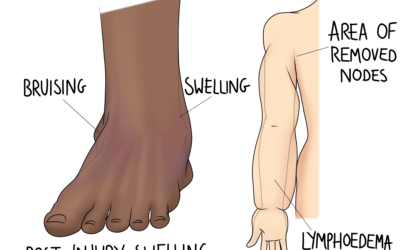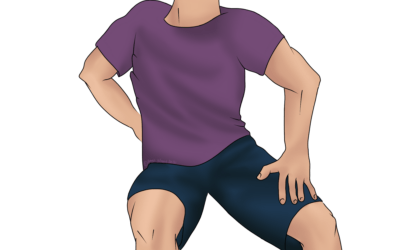With an estimated one billion people worldwide suffering from back pain, it affects all age groups, from children to the elderly. It is the biggest single cause of disability, with one in four adults estimated to suffer from back pain during their lives. Prevention is therefore key and this year’s World Spine Day will be encouraging people to take steps to be kind to their spines.
—————————————————————————————————————————————————–
Who gets back pain?
Anyone can have back pain, but some things that increase your risk are:
- Back pain is more common the older you get. You may first have back pain when you are 30 to 40 years old, depending on your lifestyle.
- Poor physical fitness. Back pain is more common in people who are not fit.
Being overweight. A diet high in calories and fat can make you gain weight. Too much weight can stress the back and cause pain. - Some causes of back pain, such as ankylosing spondylitis, a form of arthritis that affects the spine, can have a genetic component.
- Other diseases. Some types of arthritis and cancer can cause back pain.
- Your body may not be able to get enough nutrients to the discs in your back if you smoke. Smoker’s cough may also cause back pain. People who smoke are slow to heal, so back pain may last longer.
——————————————————————————
What can we do to help?
Here at the Good Health Centre in Leeds, we also recognise the benefits of osteopathic treatment for a wide variety of muscular and joint pains, and also problems caused by poor posture. As well as back pain, Osteopathy can relieve a number of other health complaints, including some that may surprise you:
- Headaches arising from problems with the neck and migraine prevention
- Generalised aches and pains including arthritic pain
- Aches and pains during pregnancy
- Work-related discomfort in the back, hands and arms
- Joint pain, including hip and knee pain from osteoarthritis
- General, acute and chronic back ache and back pain
- Mechanical neck pain
Osteopathy treatment involves gentle, manual techniques. Our highly experienced Leeds-based osteopaths can ease your pain and improve your mobility by using these gentle techniques.
Take a look at our website for more information on Osteopathy and what it can do for you or a loved one today.



0 Comments